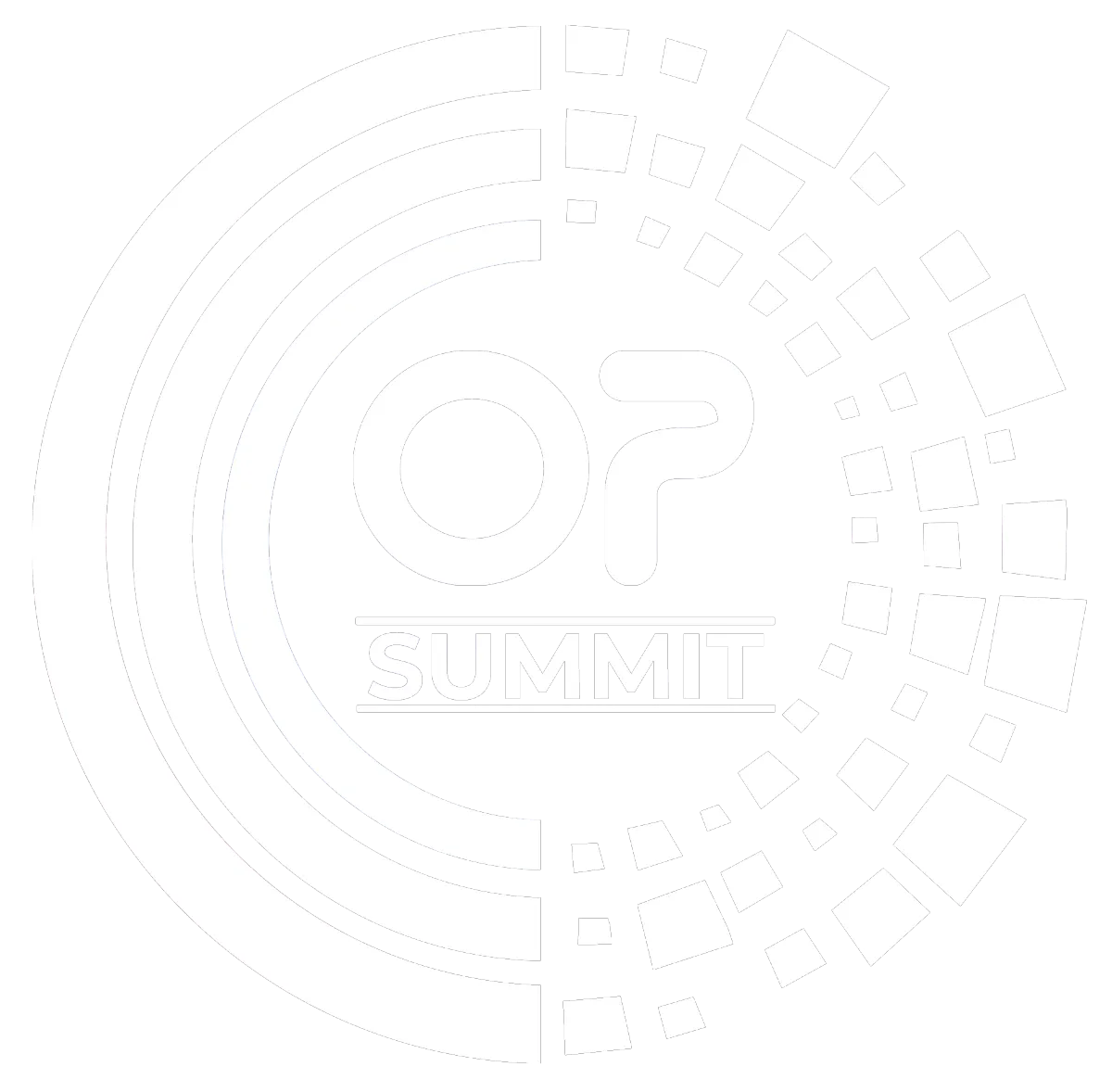
Q&A with Dr. Bob Skopek
Dr. Bob Skopek
Q&A with Dr. Bob Skopek: The Future of Clear Aligner Orthodontics, Remote Monitoring, and Outsourcing
Dr. Bob Skopek is a trailblazer in the orthodontic field, pioneering an efficient and profitable practice model that integrates clear aligners, remote monitoring, and outsourcing. With nearly three decades of experience, he has developed a system that reduces overhead, increases revenue, and improves the patient experience. At OP Summit 2025, he’ll be sharing how this model is not just the future—but the present. In this Q&A, he discusses his journey, key insights, and what attendees can expect from his lecture.
Q: Dr. Skopek, can tell us a little about yourself and your career?
Dr. Skopek: I’ve always approached my career by thinking outside the box. I was the first in my family to go to college, and I pursued high-level dental curriculums like Dawson, Pankey, and Spear as an orthodontist, which made me a stronger clinician. Early on, I recognized that clear aligners were the future, but I also knew they needed to evolve both clinically and as a business model.
I became Invisalign certified in 2000—one of the earliest adopters—and have spent the last 25 years refining a model that not only delivers exceptional clinical results but also runs efficiently and profitably. I’ve been a Top 1% Invisalign provider for years, but what really drives me is creating a sustainable, scalable model that gives orthodontists more control over their time and income.
Q: Can you give a quick summary of your lecture at OP Summit 2025? Why should orthodontists attend?
Dr. Skopek: My lecture is about clear aligner orthodontics, remote monitoring, and outsourcing as a business model. But it’s not just theory—I’ve actually lived this and built my practice around it.
I’ll be talking about how I went from a traditional practice with 15 staff members and over 100 patients per day to a streamlined, hyper-efficient model with just three staff members while doubling revenue. The focus will be on efficiency, sustainability, and predictability—things that allow orthodontists to reduce stress, work smarter, and future-proof their practices.
Q: What are the key components of your practice model?
Dr. Skopek: It boils down to three main pillars:
Clear Aligner Orthodontics: I’ve built my practice around aligners because they allow for greater efficiency, fewer emergency visits, and better patient experience.
Remote Monitoring: We’ve used remote monitoring since 2018, allowing us to track patients’ progress without unnecessary in-office visits. This means fewer appointments, more efficiency, and improved profitability.
Outsourcing: I’ve reduced my in-office team significantly by outsourcing tasks like revenue cycle management, new patient calls, and financial coordination. Instead of having three receptionists, I have none. Instead of three financial coordinators, I have zero. Everything runs smoothly and efficiently with far less overhead.
Q: How does this model impact the financial side of an orthodontic practice?
Dr. Skopek: The most important metric isn’t just revenue—it’s income per hour. When you optimize your business with remote monitoring and outsourcing, you reduce the number of in-office visits while maintaining or even increasing revenue.
While my overall overhead is similar to a traditional practice, the cost structure is different. Instead of paying large salaries for administrative staff, I allocate funds to technology and outsourcing, which ultimately makes the business more efficient and scalable. This model is not about seeing more patients—it’s about seeing the right patients at the right time and making every visit count.
Q: How does this approach impact work-life balance and stress levels?
Dr. Skopek: One of the biggest benefits is the reduction in stress. Many orthodontists are experiencing burnout, staffing crises, and financial pressures. When COVID hit, a lot of practices struggled to find staff. I didn’t have that problem because I had already transitioned to a remote and outsourced model.
This model allows orthodontists to work fewer hours while maintaining profitability. I no longer deal with constant emergency visits, and my team isn’t overwhelmed with excessive patient volume. It creates a sustainable, long-term practice that aligns with the lifestyle most orthodontists actually want.
Q: Will you be showing financial case studies or data on the success of this model?
Dr. Skopek: Yes, I’ll be presenting real-world numbers and case studies to show how practices that adopt this model perform financially. Many orthodontists are skeptical about whether this approach can generate the same or greater revenue, so I’ll be sharing concrete examples that prove it does.
But I always emphasize this—technology alone isn’t the answer. The key is aligning technology with the right business model. If your foundation isn’t built for efficiency, adding technology will just add complexity. The starting point is defining the future you want for your practice and then adopting the tools that help you get there.
Q: Any final thoughts for orthodontists considering OP Summit 2025?
Dr. Skopek: If you’re tired of the traditional high-overhead, high-stress model and want to see what a more efficient, profitable, and sustainable orthodontic practice looks like, you need to be at OP Summit 2025.

This isn’t just about adopting new technology—it’s about redefining how you run your business. I’ll be breaking it all down step by step, and I promise you’ll leave with actionable insights that can change your practice—and your life. See you in Vegas!

